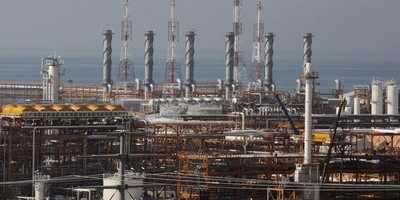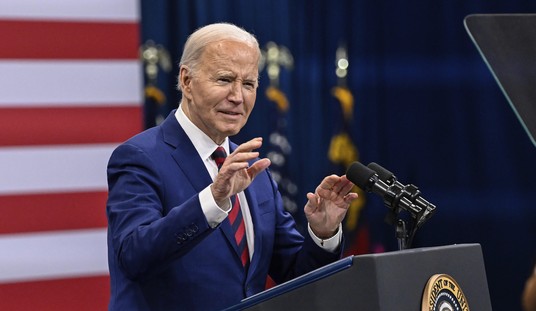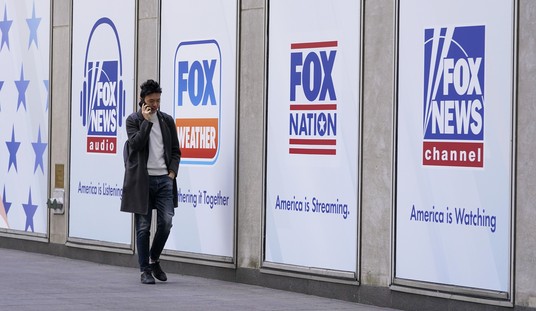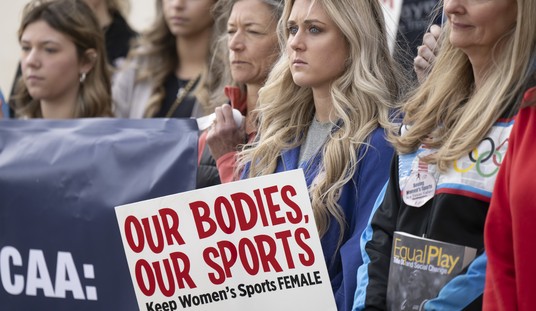Those orange barrels you see all over America’s highways … as of last year, they come to you courtesy of your local bank.
Well, not courtesy. It’s not like the banks were for it.
Last year, when Congress was looking for ways to pay for its transportation legislation, it decided to raid a Federal Reserve fund that makes payments from the government to banks. The government requires banks to set aside 6 percent of their assets to buy stock in the Federal Reserve. They have to pay in 3 percent and keep 3 percent on hold should the Federal Reserve call for it.
The government paid 6 percent interest on the part the banks actually had to pay in – about $180 million for some of the largest banks and more than $100 million per bank to many more. But last year, Congress decided to link the amount to the interest paid on 10-year Treasury bonds, which is about 2 percent. The gimmick raised $7 billion over 10 years for the highway fund, but it proved devastating for small and medium-size banks.
Suddenly, an acceptable-if-forced investment has become a financial dreadnought for banks. Not only must that money be set aside for the Federal Reserve, even though it is not needed to ensure the Fed’s viability, it now must be sunk into a loser of an investment. Banks either must accept the loss or, as a number of doing, consider leaving the Federal Reserve.
For now, the banks are now asking Congress to reconsider the whole program. Instead of the 3 percent-3 percent split, they want to put in 0.5 percent and be able to use the other 5.5 percent to make loans.
The change would mean little to the Federal Reserve. It doesn’t need the money – and even if it does, the money remains “callable,” meaning the Fed can demand it at any time. It can record any operating losses as “deferred assets” and, if things get bad enough, it can print more money.
Recommended
For the banks, it would mean millions of dollars that are being set aside for really no reason could be redeployed to business and personal loans that could grow the economy.
The Federal Reserve’s power to enhance economic growth is not what it’s used to be. President Obama will finish his two terms as the first president to never have a year of even 3 percent growth. More working-age men are out of the workforce that at any time since the Great Depression.
Lowering interest rates is the Fed’s standard tool for generating growth, but the prime rate already sits near 0 percent with no sign of sustained growth in sight.
The presidential candidates have talked about ways to reverse inversions – in which American companies put themselves under the banner of foreign ownership to avoid taxes – and to otherwise repatriate the trillions of American dollars held overseas because of U.S. tax policy. Our 35 percent corporate tax is now the largest in the industrial world.
They understand too much money that could go to creating growth is now housed overseas or held out here because of bad tax policy.
What the banks are proposing could well move the economic needle as other policies have not. It would mean billions and billions of dollars available for lending that now are sequestered to meet this Fed requirement.
Representatives of the banks and the Fed agree it was a bad idea – a bad precedent with bad implications – for Congress to take money from the Fed to pay for transportation. Fed Chair Janet Yellen “expressed concern” about it during congressional testimony on the highway bill. Stanley Fisher, the vice chair of the Fed, called the measures “dangerous.” Former Fed Chair Ben Bernanke labeled the measures “budgetary sleight of hand.”
Roads are a public good, and the public should pay for them. Moreover, to the extent possible, the users of particular roads should pay for those roads through tolling or bonds, and spending on transit systems should be paid for by those communities.
The proposal here – to change the mix and let banks invest more of their capital in loans for everyday Americans – seems a win-win. America gets more economic activity, and Congress gets out of the habit of raiding Fed funds for domestic spending.
The last thing we need is Congress having access to more slush funds and using them to avoid the hard spending decisions we pay them to make.

























Join the conversation as a VIP Member